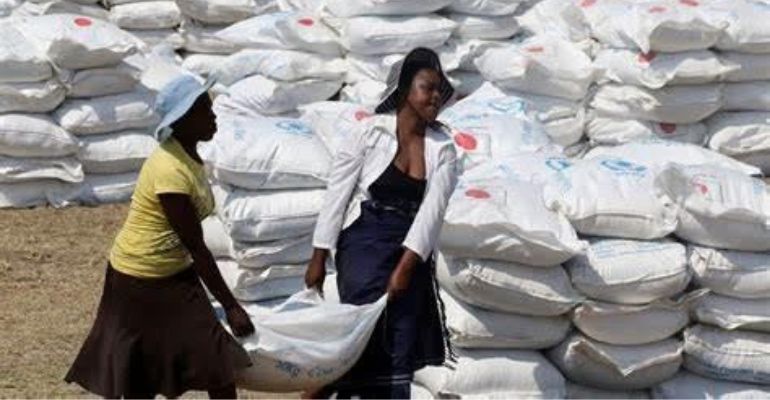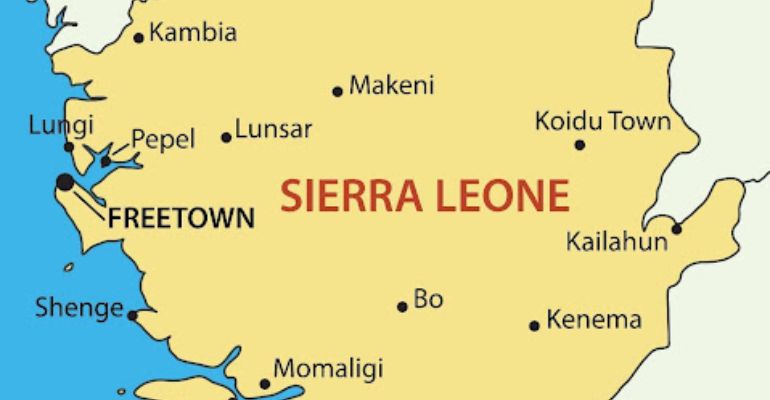In some developing countries in Africa, a situation exists where cities experience food shortages and high prices of available food supplies while abundant produce rots away on farms. This situation is a rather paradoxical one. Renowned economist George Ayittey attributes this to deficiencies in the country’s infrastructure, supply chains, policies, and institutional frameworks. To throw more light on this situation, consider Ghana as a developing country and facing similar issues. A closer examination of Ghana’s agricultural challenges reveals the various factors contributing to this discrepancy between food supply and demand.
Ghana’s tropical climate exacerbates the problem of post-harvest losses, where perishable produce like tomatoes, mangoes, and maize often succumb to rot due to the dearth of cold storage facilities. The paucity of refrigerated trucks and substandard road networks further compounds the issue, subjecting crops to damage and spoilage. Consequently, this hinders the efficient transit of harvested yields from farms to markets, culminating in scarcity within cities despite farms brimming after harvest seasons.
Low levels of processing and preservation limit the shelf lives of agricultural produce. The absence of canneries, lack of processing for crops like cassava into gari, and minimal food manufacturing units to convert fresh produce into packaged foods or value-added products mean much goes to waste. For instance, bumper crops of tomatoes are left decaying if not quickly sold rather than processed into paste, ketchup, or canned tomato products.
Also, undeveloped agricultural supply chains, the presence of too many middlemen, and the lack of direct farmer-consumer channels lead to losses, inefficiencies, and food waste. Weak cold chains, numerous checkpoints for produce-laden trucks, piles of rotting vegetables in markets, and poor connectivity between rural smallholder farms and urban centres demonstrate gaps in getting food efficiently from farms to consumers.
Another key factor is inadequate marketing infrastructure and frameworks. The inability to get farm products or yields to markets promptly, lack of pricing mechanisms and market data systems, and farmers’ limited access to finance, insurance, and trading platforms hamper their ability to sell crops before they spoil while consumers face inflated prices and shortages in cities. Insufficient warehousing capacity and fragmented value chains further worsen these problems.
At the policy level, governmental failures to implement agricultural supportive policies also drive this discrepancy in supply and demand. Improperly coordinated production cycles, subsidy programs favouring certain crops, and policies benefiting middlemen rather than empowering farmers directly contribute to imbalances in food distribution. Lack of public-private partnerships, excessive bureaucracy, information gaps, and corruption further restrict efficiency.
Ghana’s tropical climate and lack of advanced cold chain infrastructure means perishable fruits and vegetables rot quickly before reaching markets. Meanwhile, limited food processing facilities miss opportunities to convert bumper tomato or mango crops into canned goods or juices with longer shelf lives. Logistical bottlenecks like poor roads, delays at checkpoints, and reliance on long chains of middlemen rather than direct retail channels result in piles of rotting produce at markets. Weak banking support, crop insurance programs, and distribution platforms disadvantage small-scale farmers trying to sell their yields. They lack financing, risk coverage, pricing information, and logistics access that large agribusinesses enjoy. Government policies and subsidies tend to favour crops like cocoa over nutrition-rich fruits and vegetables too.
Modernizing agriculture practices, equipment, supply chains and infrastructure could reduce the significant gaps between food abundance at harvest time and recurring shortages in cities. Strategic partnerships between farmers, private companies, and government agencies can strengthen capabilities across the value chain from crop selection, farm mechanization, smart packaging, cold storage, direct retail, food processing, and more. Leveraging technology like mobile banking, micro-insurance, and digital logistics platforms can also connect smallholder farms more efficiently to urban markets.
As Ghana aims for greater self-sufficiency, curbing post-harvest losses and food waste remains imperative. Tackling bottlenecks throughout agricultural systems, not just focusing on increasing yields, will create a resilient, inclusive, and sustainable sector. Aligned policies, infrastructure, technology, and capabilities can transform the current paradox of overflowing farms yet empty markets and stomachs into a secure food future. Until some of these issues are addressed with urgent concern, abundant foods will keep rotting away on farms while cities struggle with limited food supply. Almost like a King who is hungry even though he has vast amounts of treasures in his palace.












